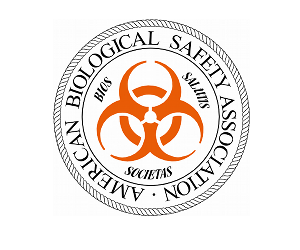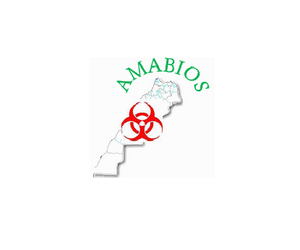Browse By Region

Browse By Category
Recent News
By Category: Biosafety
Live debate airs major divisions in H5N1 research battle
(CIDRAP) In other exchanges about how dangerous the mutant H5N1 viruses might be, Osterholm contrasted H5N1 with smallpox. “I would not like to see smallpox get out of a BSL-4 [biosafety level 4, the highest level] lab, but it wouldn’t be overly concerning”; in …
- February 6, 2012
- | Filed under North America, Biosafety, and Research
India to Open High-Security Disease Research Lab
(Global Security Newswire) India intends in a matter of months to begin operations at a high-security laboratory that would work with anthrax bacteria, the Ebola virus and other lethal disease agents that could be used in acts of biological terrorism, the Indian Express reported on Thursday. The country’s first Biosafety Level 4 facility is located Read More »
- February 3, 2012
- | Filed under South Asia, Biosafety, and Research
Only the Privileged Can Do Microbiology
(The Epoch Times) Petri dishes may only be used for unknown microbes as long as they are immediately sealed, remain unopened, and disposed of properly—at a Biosafety Level 1 (or higher) laboratory facility. Microbiology is a great platform for engaging kids in science …
- February 2, 2012
- | Filed under North America, Biosafety, and Research
Lockheed Martin gets $66 million to help move USAMRIID
(WTOP) Construction of the 810,000-square-foot building began in August 2009 and cost an estimated $683 million, USAMRIID spokeswoman Caree Vander-Linden said Tuesday. It will include 17,000 square feet of biosafety Level 4 lab space — used to study biohazards including Ebola — and 34,000 square feet of biosafety Level 3 space, where researchers can work Read More »
- February 1, 2012
- | Filed under North America, Biosafety, and Research
Battle over H5N1 research continues in media, journals
(CIDRAP) In another Times letter, Dr. Richard Ebright, a professor of chemistry and chemical biology at Princeton University, said the research on lab-generated transmissible H5N1 viruses should be regulated the same way smallpox virus research is regulated.
- February 1, 2012
- | Filed under Europe, North America, Biosafety, Policy & Initiatives, Public Health, and Research




























